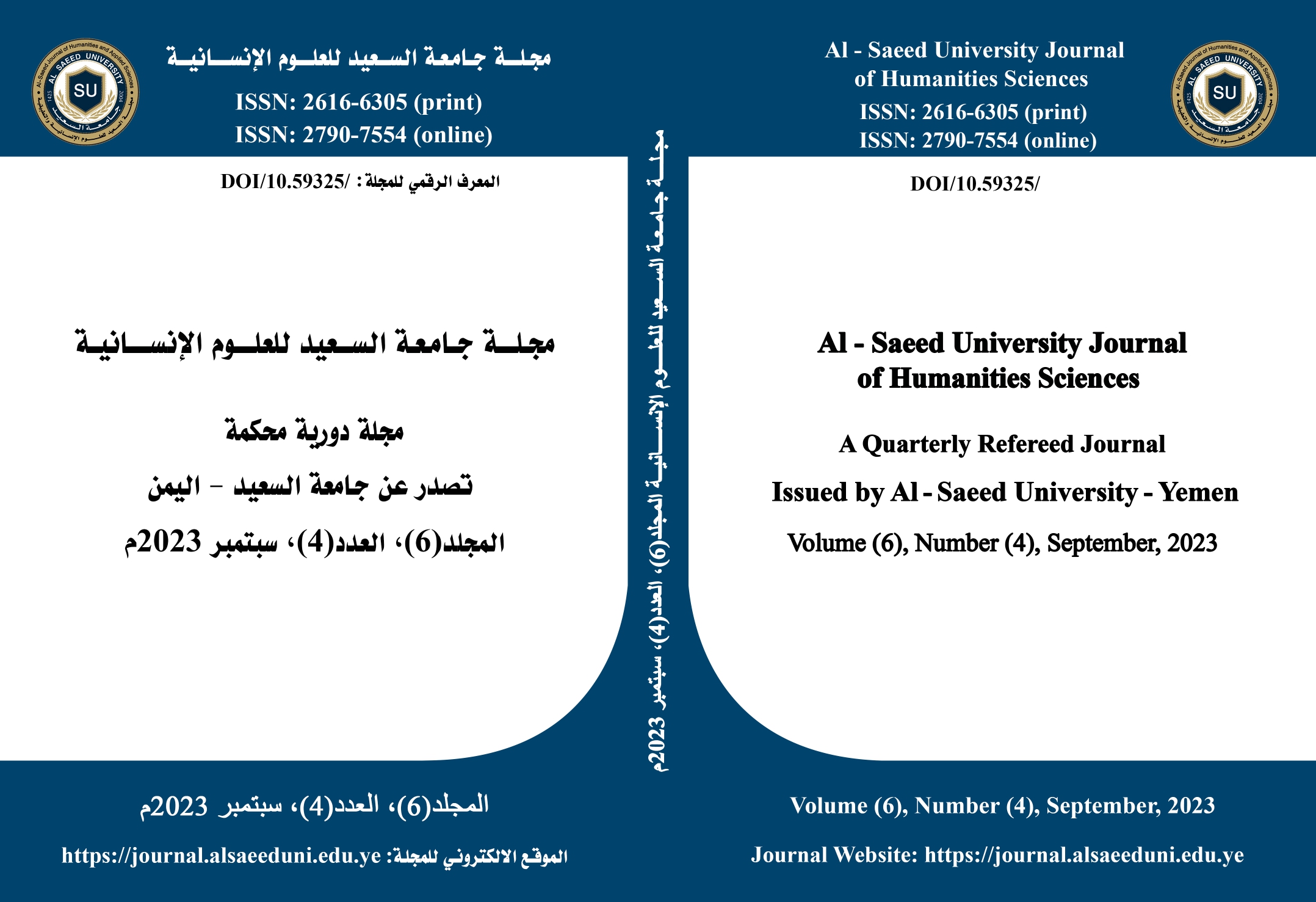The extent of the application of quality assurance standards at Lahj University from the point of view of deans and heads of departments in its colleges
DOI:
https://doi.org/10.59325/sjhas.v6i4.182Keywords:
Standards, Quality Assurance.Abstract
The current research aims to identify the extent to which quality assurance standards are applied at Lahj University from the point of view of deans and heads of departments in its colleges. The research community consisted of deans and heads of departments in the faculties of Lahj University, and the data was collected through a questionnaire consisting of five pivots: strategic planning, academic programs, human resources, facilities, and professional support for the faculty member. The questionnaire was distributed to the research sample of (30) deans and department heads.
The researcher reached a set of results, the most important of which are:
- The results of the research showed that the general arithmetic average of the responses of the members of the research sample on the extent of the application of quality assurance standards at Lahj University is 2.86, a value located at the (satisfactory level) according to the rating system specified in this research.
- The results confirmed that there were no statistically significant differences in the responses of deans and heads of departments on the extent of application of quality assurance standards at Lahj University at the level of significance (0.05) attributed to the variables of college, job and years of experience.
Through the results reached, the researcher recommends a number of recommendations, the most important of which are:
- Spreading the culture of quality among the employees of Lahj University through holding seminars and workshops on quality standards in higher education.
- Providing the necessary financial support for the application of quality assurance standards at Lahj University.
Downloads
Published
How to Cite
Issue
Section
License
copyright is retained by the authors. Articles are licensed under an open access Creative Commons CC BY 4.0 license, meaning that anyone may download and read the paper for free. In addition, the article may be reused and quoted provided that the original published version is cited. These conditions allow for maximum use and exposure of the work.



